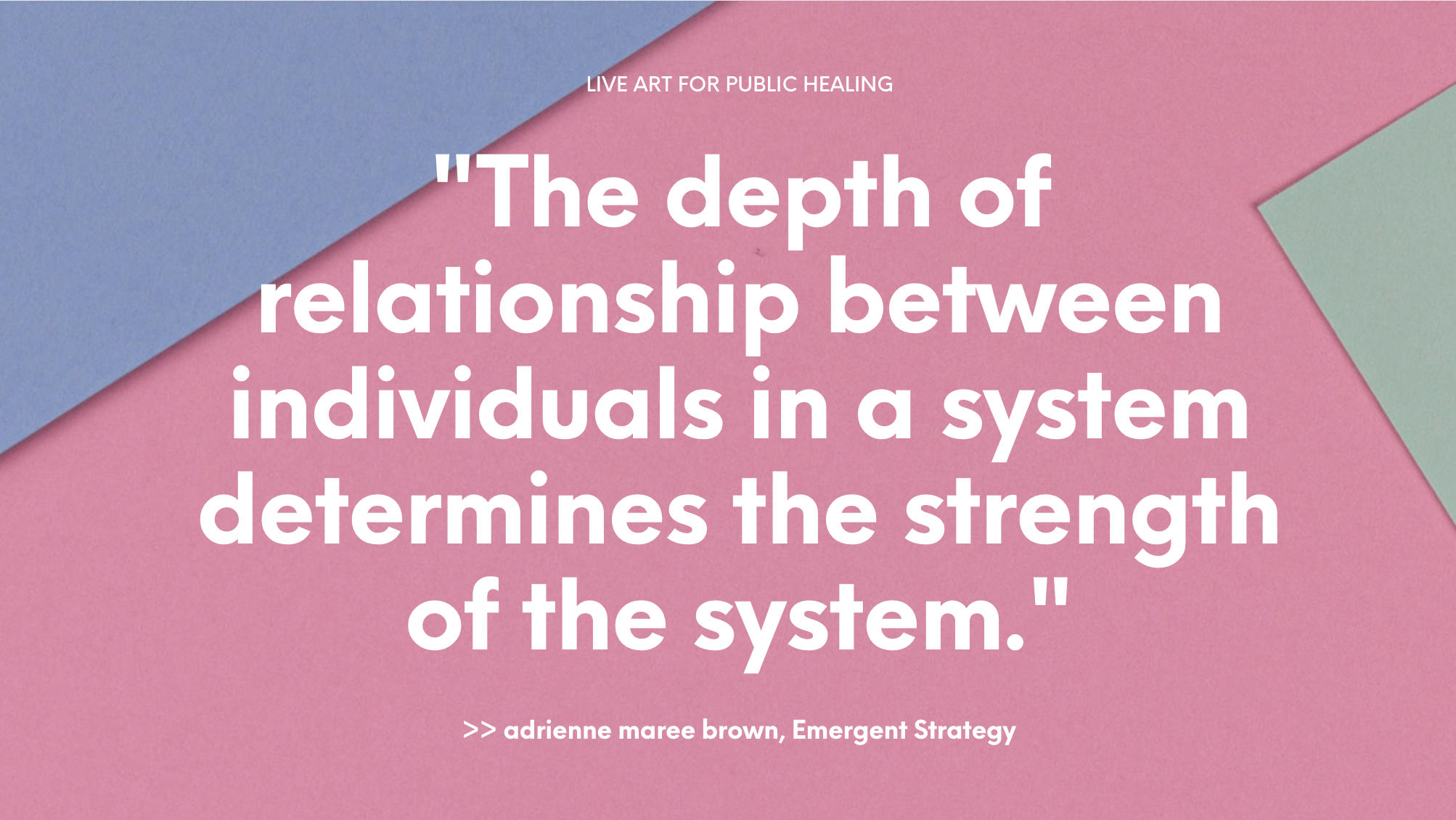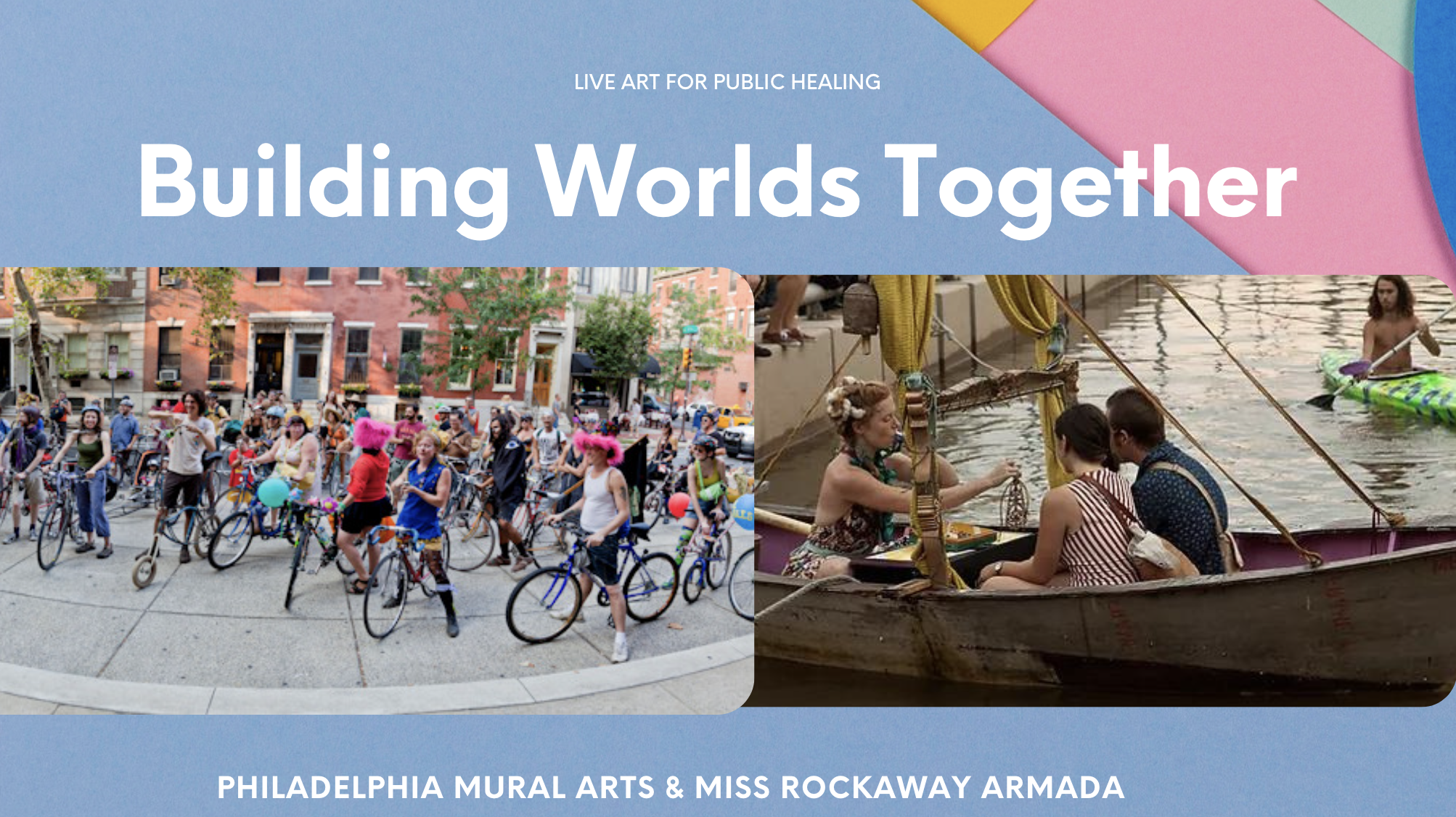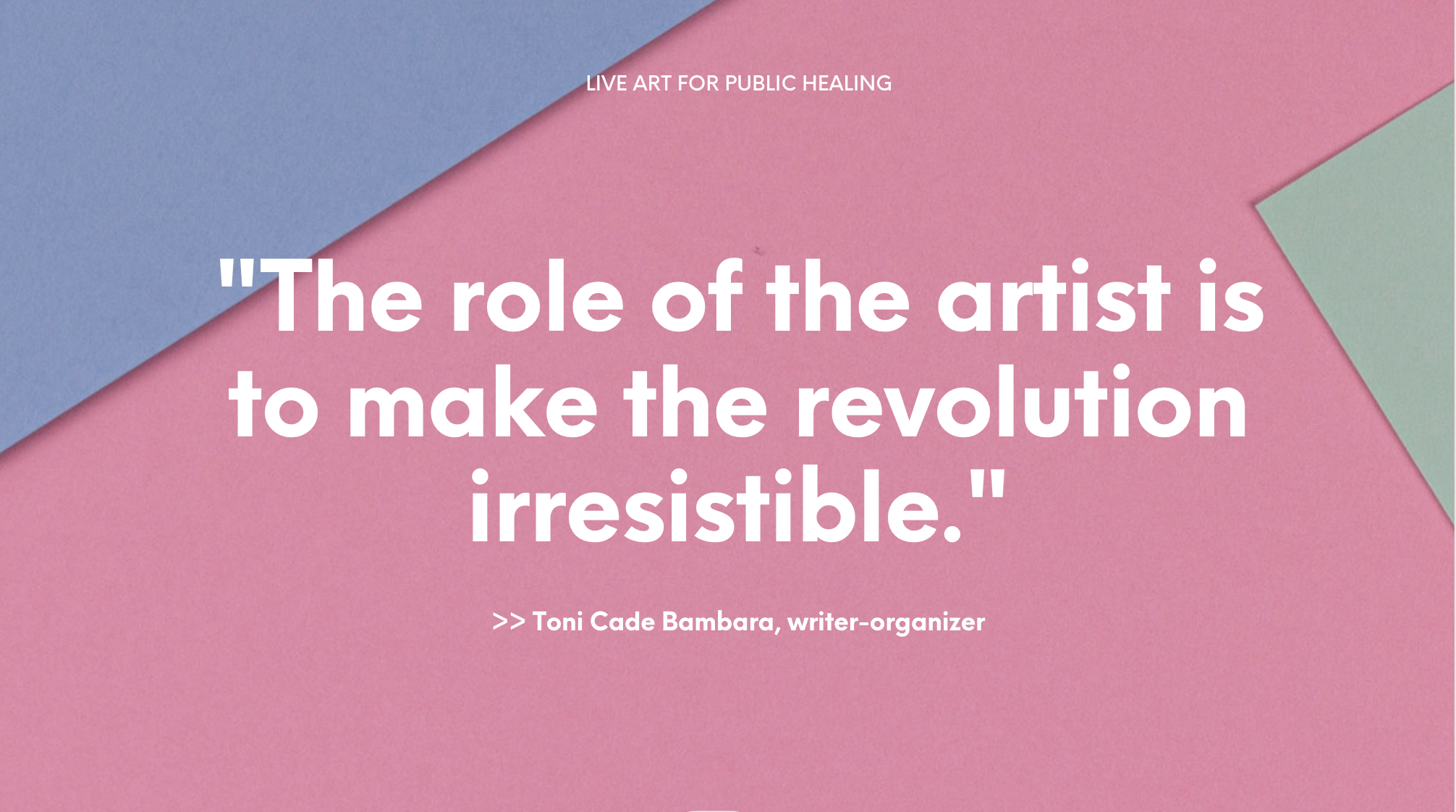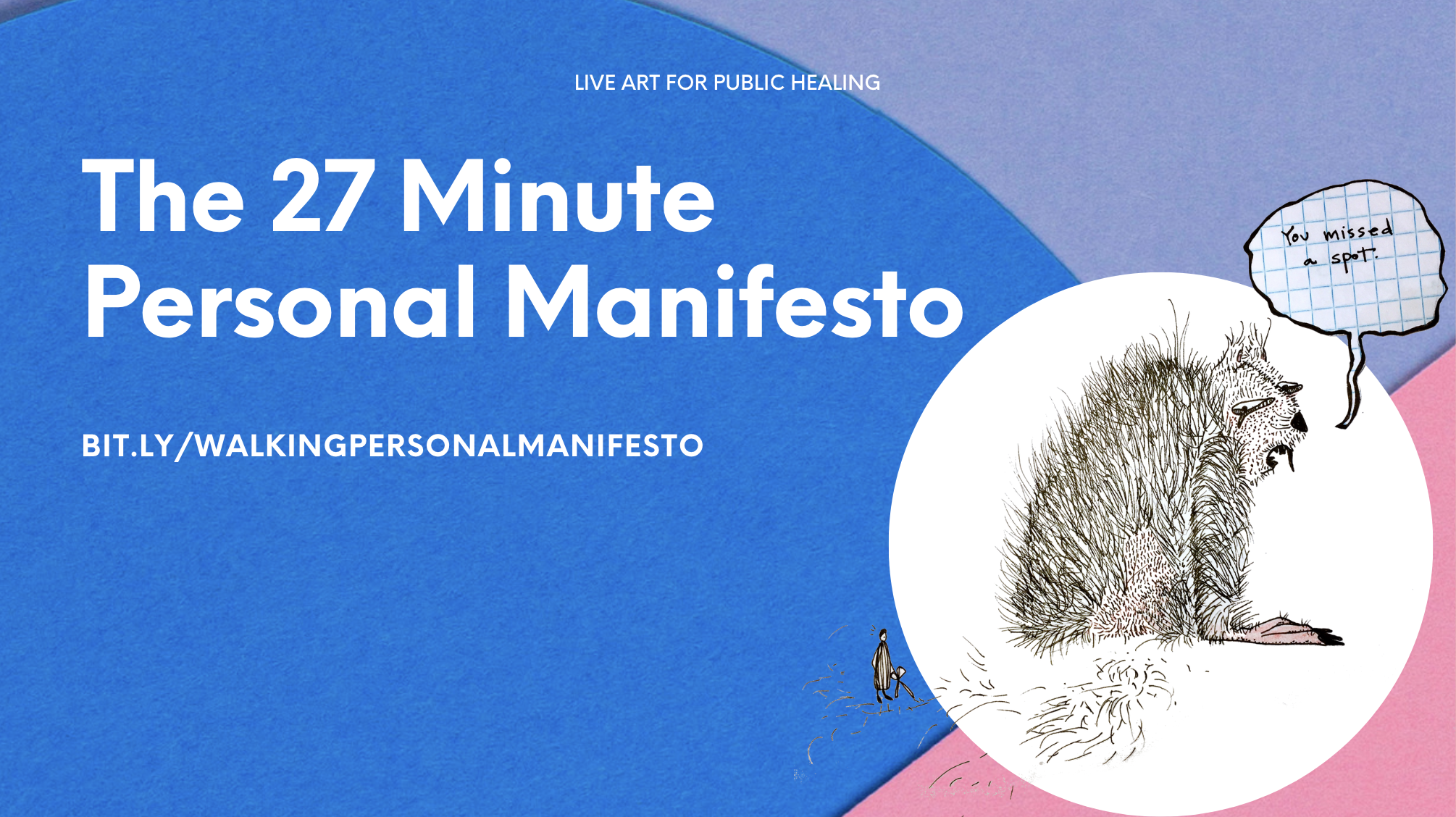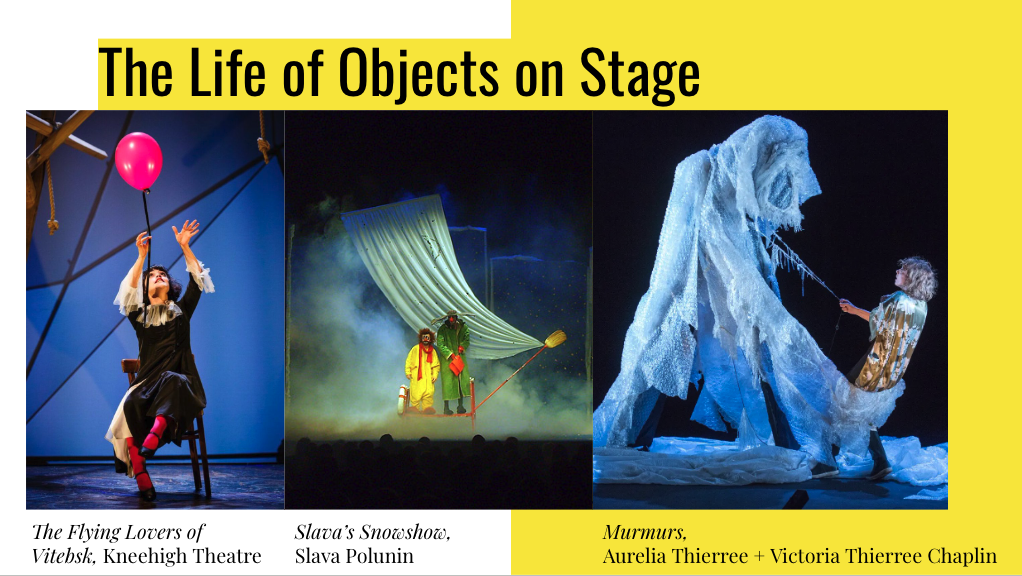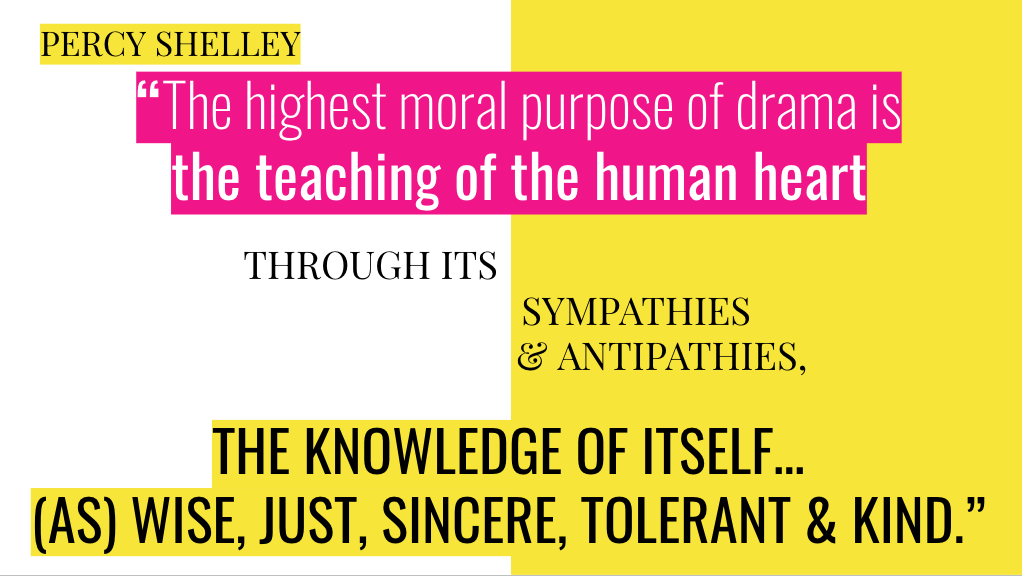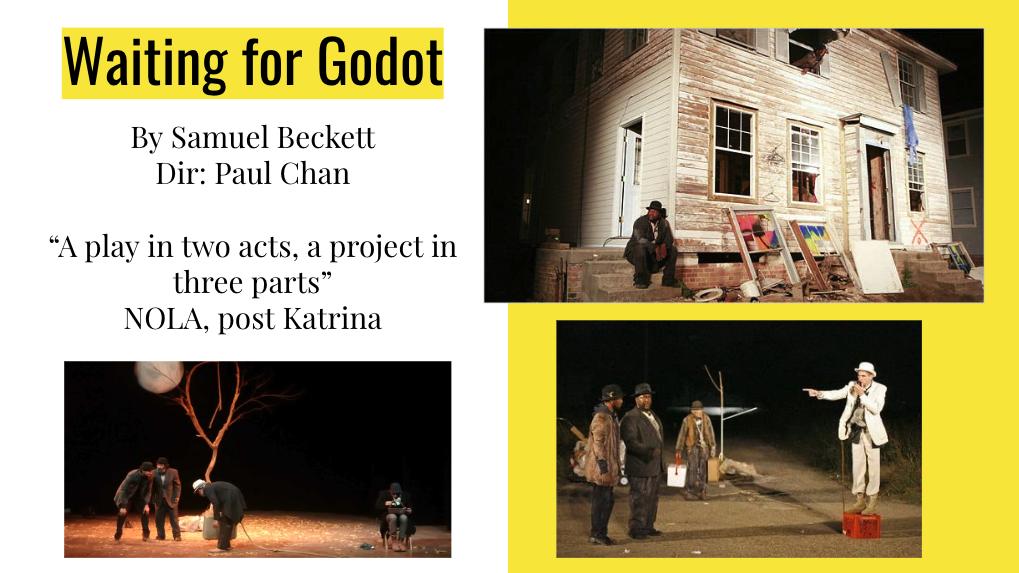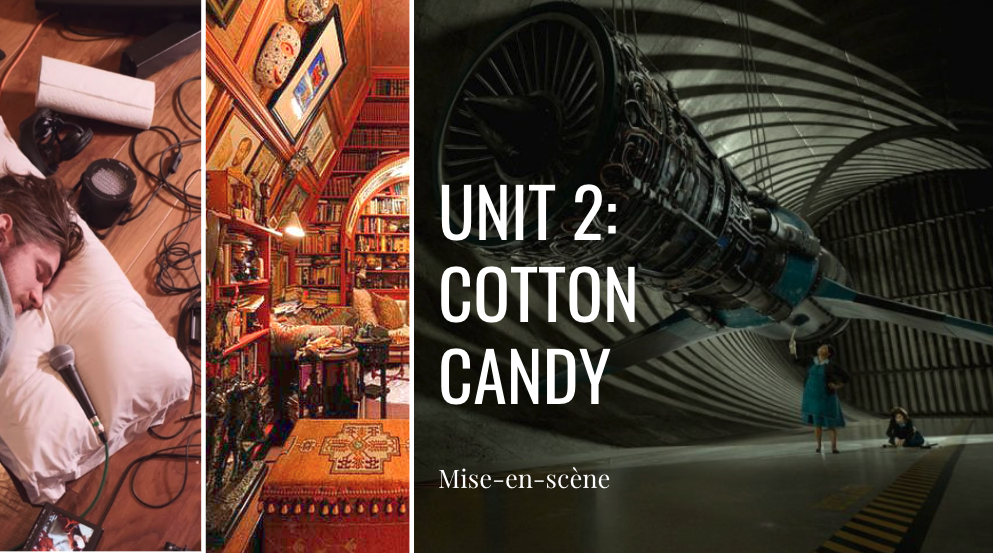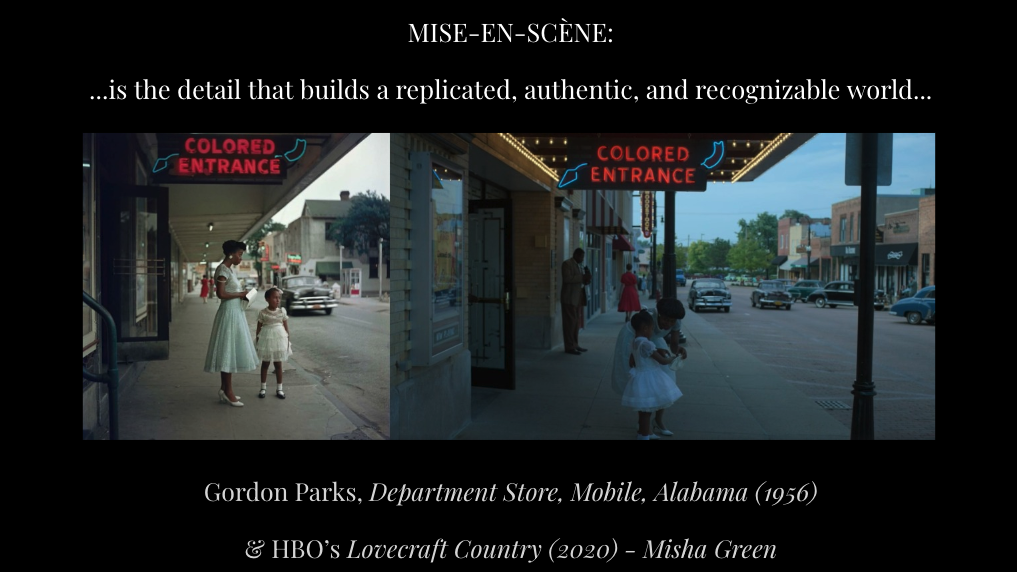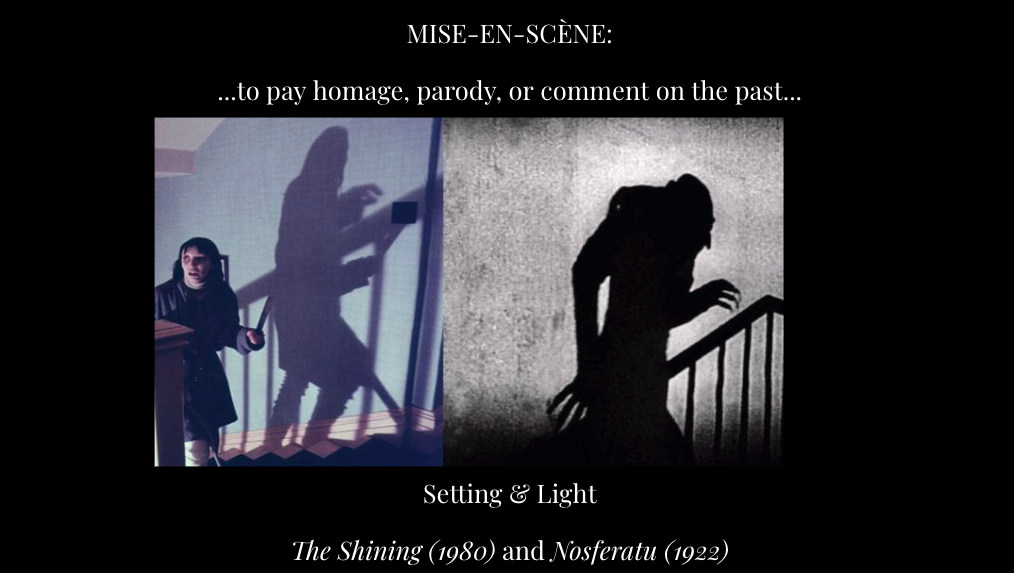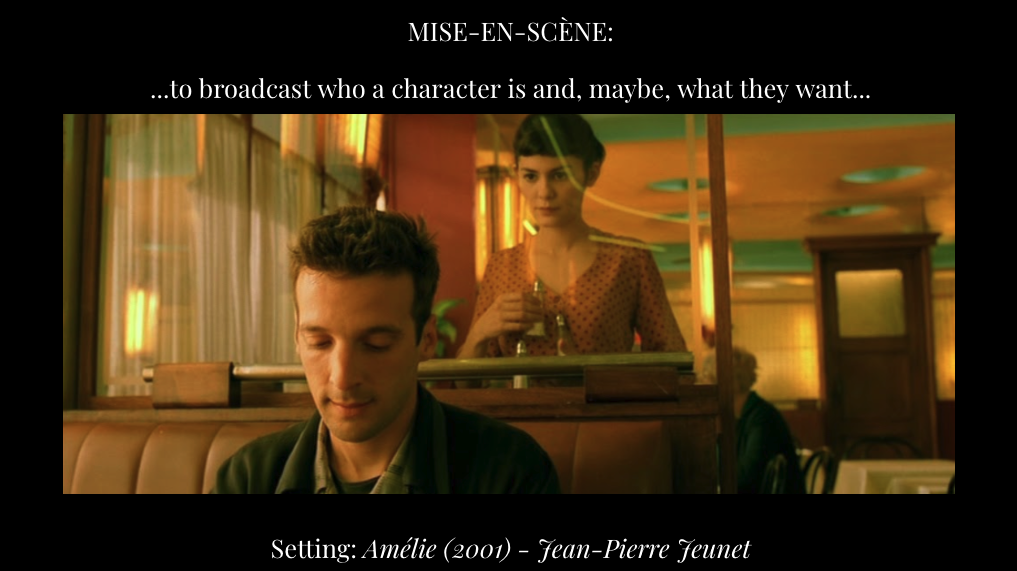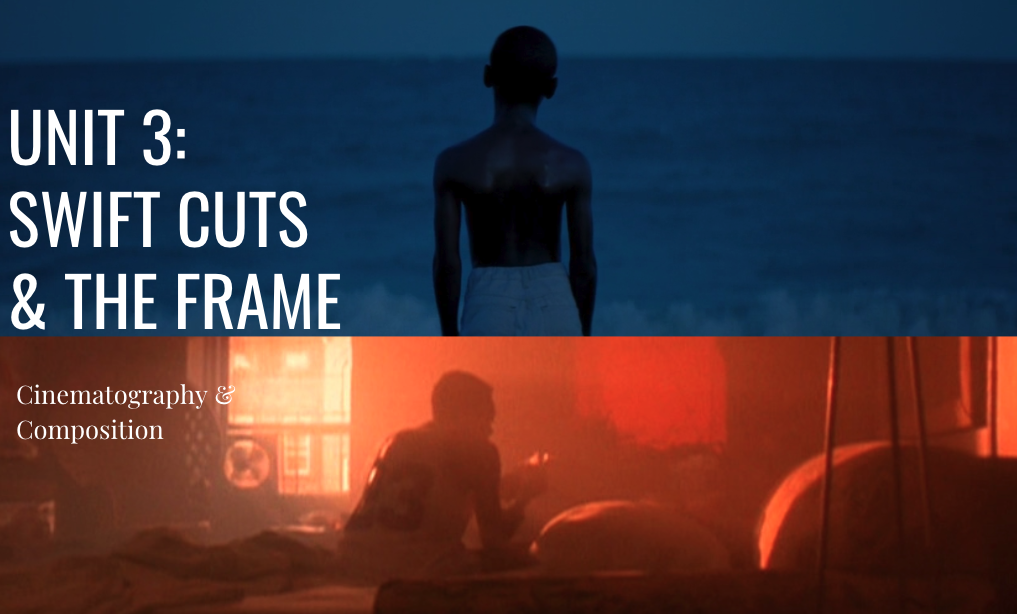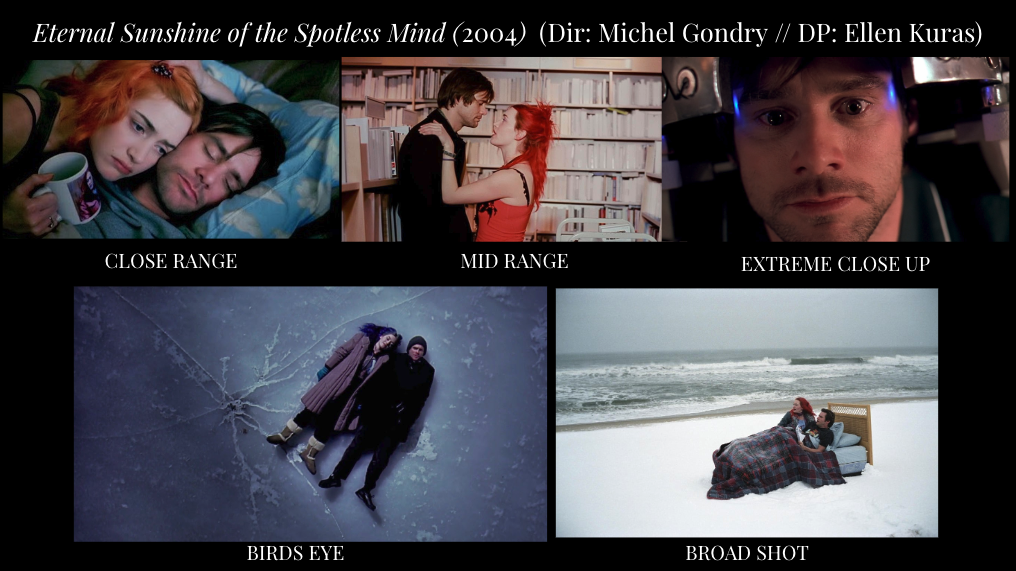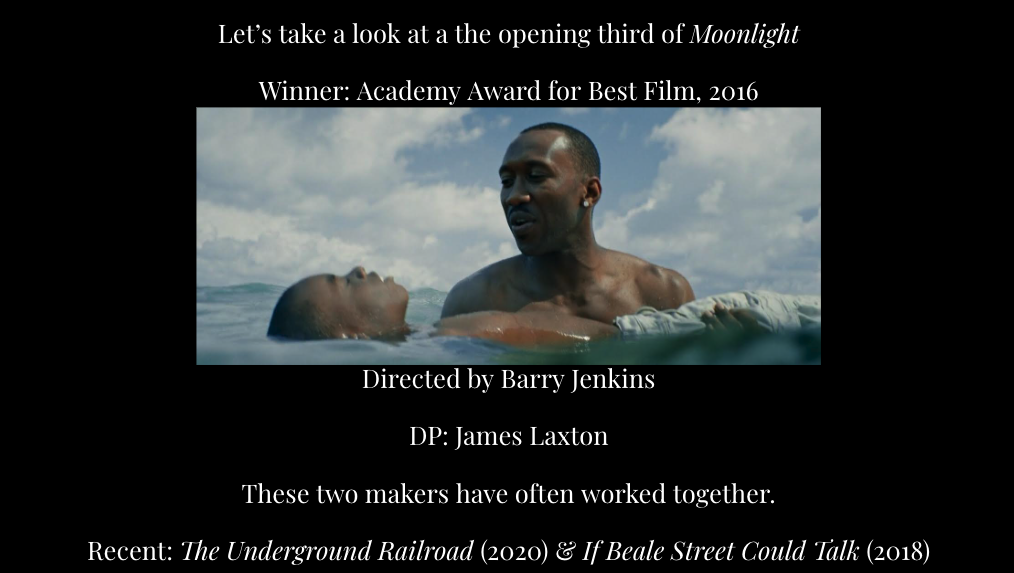
Northern Vermont University:
Guest Lecturer & Workshop Leader
Live Arts for Public Healing
Part of NVU’s Performance Studies track focused on drama therapy and theater for social change.
This lecture was a participatory performance with undergraduate students at NVU exploring how live arts might engage with communities to build, heal, and transform public engagement. Topics included:
road mapping methodologies to increase collective agency
ways to build renaissance teams for greater impact
designing for presence and responsiveness
evoking sensory “knowing” outside of language channels
2021
Certified Fine Arts High School Teacher
Performance and Film Studies
Beginning in 2009, I had the privilege of teaching in public schools as a visiting artist and resident theater director. In early 2019, I started work as a classroom teacher, developing and teaching a robust and responsive curriculum in the Fine Arts department of the second-largest high school in Vermont.
My classes at Essex High School utilized a lateral classroom environment in which students and I engaged in a shared laboratory of ideas rather than a competitive or hierarchical structure. Collaborative team skill building with peer-to-peer and project-based learning functioned as leading foundational components.
My pedagogy is embedded within the practice and responsibility of the Artist as Citizen. The purpose of the artwork, its relation to its social context and the viewer, plus deeply considered aesthetic choices behave as founding elements to answer, "Why this artwork? Why then/why now?"
The means is the message, design matters, and nothing is arbitrary.
Selected topics include:
Poetics: The Life of Objects on Stage
How physical theater methodologies and animation of the inanimate constructs power dynamics and breaks through realistic representation to evoke a truthfulness not present in naturalism.Theater as Reflection & Imagination
How theater-makers reframe history and the present in order to reimagine the future.Silent Film & the Birth of a New Social Formation
How do early filmmakers utilize and critique rapid technological innovation and how do the films reflect social norms and concerns of their time?Cotton Candy & Swift Cuts: Mise-en-scène & Cinematography
How do the aesthetics support the purpose of the scene/film, and how can we decode the filmmaker’s social critique?


